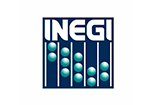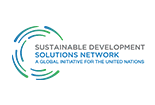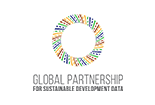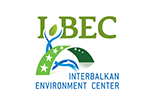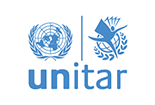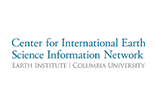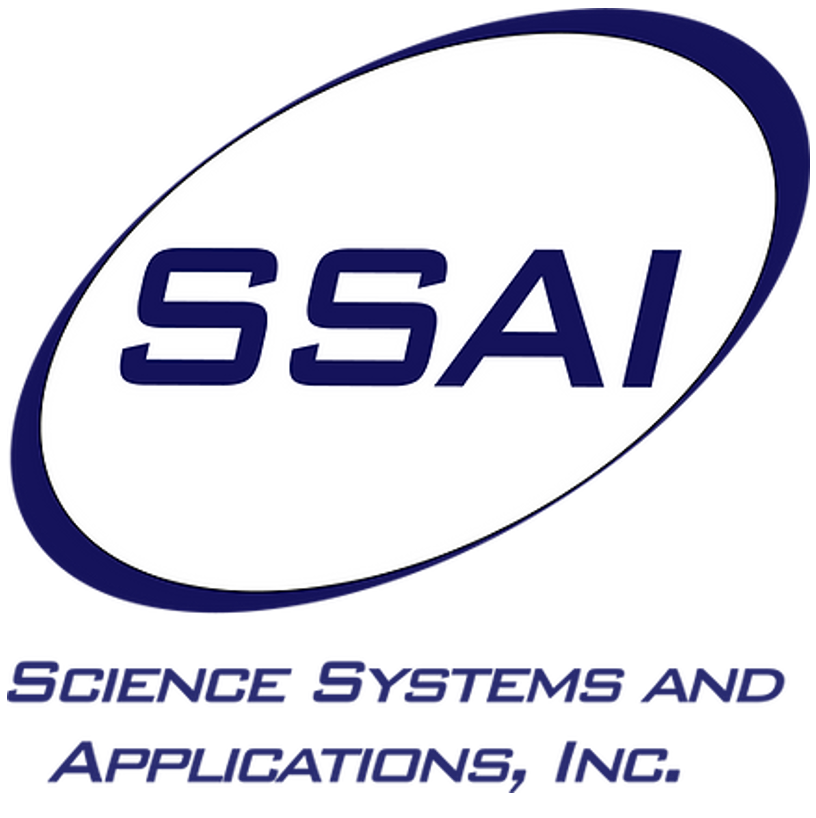Unveiling the True Costs of Nitrogen Fertilizers: Undermining Sustainable Farming and Agricultural Resilience
Rachel Hor, a Partner at IBM Consulting specializing in financial services and technology. With a robust background as the Founder and COO at CarbonTerra, Rachel brings a unique blend of expertise in global technology and business leadership to her role. Her extensive experience spans across the financial services sector, where she has spearheaded transformative technology initiatives on a global scale.
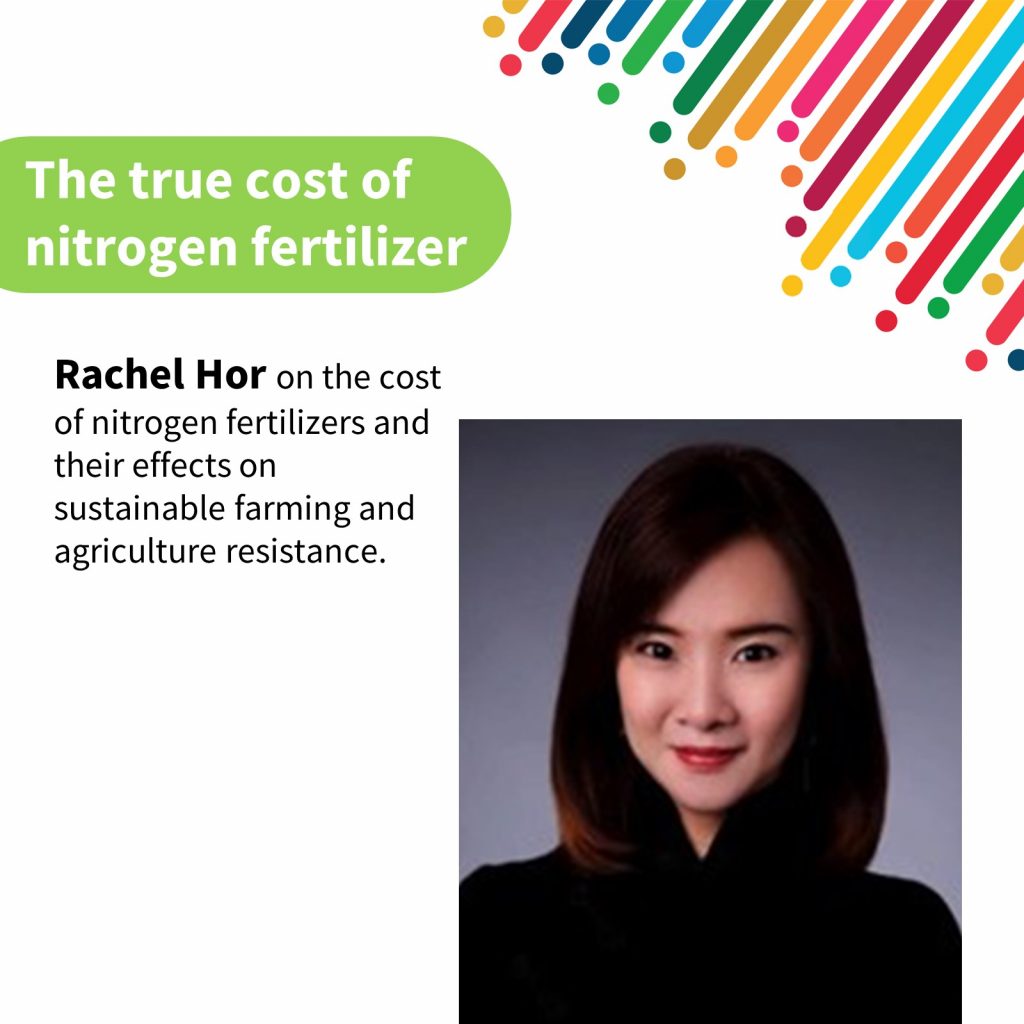
Rachel’s passion for climate sciences is evident in her work, as she has dedicated herself to promoting sustainability across various industries. Her leadership at CarbonTerra underscores her commitment to environmental stewardship and innovation. Now, as a Partner at IBM, Rachel leverages her wealth of experience to drive impactful solutions at the intersection of finance, technology, and sustainability. With a track record of success and a deep understanding of both the financial services landscape and technological advancements, Rachel continues to shape the future of the industry through her visionary leadership.
Overview
Sustainable Development Goal 2 (SDG 2), aimed at “Ending hunger, achieving food security and improved nutrition, and promoting sustainable agriculture,” acknowledges the interconnectedness of various objectives within the broader framework of sustainable development. It emphasizes the importance of supporting sustainable agriculture, empowering small-scale farmers, promoting gender equality, eradicating rural poverty, promoting healthy lifestyles, addressing climate change, and tackling other pertinent issues outlined in the set of 17 SDGs within the Post-2015 Development Agenda.
At the core of food security and economic stability lies agricultural resilience, the ability to withstand and rebound from environmental shocks. Yet, the overreliance on nitrogen fertilizers undermines this resilience, perpetuating a vicious cycle of soil degradation, water scarcity, and susceptibility to climate extremes. To navigate these challenges, the integration of Earth observation (EO) technology presents a promising solution, providing invaluable insights to mitigate the impacts of nitrogen fertilizers and bolster the resilience of agricultural landscapes.
Nitrogen fertilizers have long been heralded as the linchpin of modern agriculture, promising unparalleled increases in crop yields and bolstering global food security. However, their widespread utilization is taking an immense toll on soil health, water quality, and global climate stability, casting shadows over the resilience of agricultural systems worldwide.
According to various sources, more than two-thirds of nitrogen fertilizers applied to fields are lost to the environment, contributing to rampant soil degradation, water pollution, and the emission of greenhouse gasses. This ecological degradation manifests in soil acidification, depletion of soil fertility, and the proliferation of toxic algal blooms in water bodies, rendering vast expanses of land and water inhospitable to life.

The bedrock of sustainable agriculture, soil health, bears the brunt of nitrogen fertilizers’ onslaught. Excessive nitrogen application disrupts the intricate balance of soil microbiota, depleting crucial organic matter, and exacerbating vulnerability to erosion and nutrient leaching.
The economic implications of nitrogen fertilizers transcend the balance sheets of individual farmers, affecting entire economies and societal structures. Recent studies reveal that for every dollar spent on nitrogen fertilizers, nearly three dollars are incurred in hidden costs associated with soil degradation and environmental remediation. In the United States alone, the annual cost of nitrogen pollution from agriculture surpasses a staggering $157 billion, encompassing expenses related to healthcare, water treatment, and forgone recreational opportunities.
EO for Nitrogen Monitoring
Earth observation (EO) emerges as a critical tool for monitoring and managing the impacts of nitrogen fertilizers on agricultural landscapes. Satellites equipped with advanced sensors provide real-time data on soil moisture, nutrient levels, and vegetation health, enabling farmers to make informed decisions regarding fertilizer application. By leveraging satellite imagery and remote sensing techniques, farmers can precisely tailor fertilizer use to match the specific needs of their crops, minimizing excess nitrogen application and reducing environmental degradation.
Earth observation can help identify areas prone to soil erosion, nutrient runoff, and water pollution, allowing for targeted interventions and the implementation of erosion control measures. Through satellite monitoring, authorities can detect changes in land cover and water quality, enabling timely responses to mitigate the spread of algal blooms and other ecological threats associated with nitrogen fertilizers.
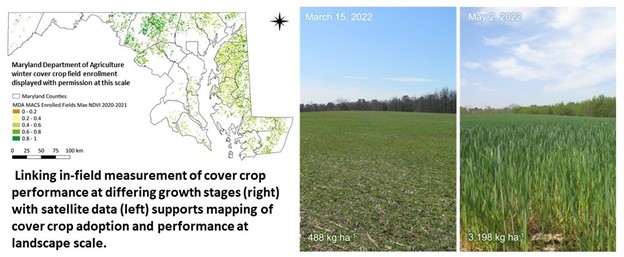
Earth observation satellites contribute to agricultural resilience by providing early warning systems for climate-related hazards, such as droughts, floods, and extreme weather events. By integrating satellite data with weather forecasting models, farmers can proactively adapt their farming practices, optimizing resource allocation and minimizing crop losses due to environmental stressors exacerbated by nitrogen fertilizers.
In essence, Earth observation technology serves as a valuable tool in the transition towards sustainable farming practices, enabling farmers to enhance productivity while safeguarding soil health, water quality, and ecosystem integrity. By harnessing the power of satellite imagery and remote sensing, agricultural stakeholders can foster resilience in the face of nitrogen fertilizer-related challenges, paving the way for a more sustainable and prosperous agricultural future.
Food Security and Agricultural Resilience
At its core, food security relies on agricultural resilience—the ability of farming systems to adapt and thrive in the face of various challenges, including environmental stressors like climate change. However, the widespread use of nitrogen fertilizers has disrupted this resilience, setting off a harmful chain reaction.
The reliance on nitrogen fertilizers contributes to a downward spiral of issues. Soil degradation, where soil quality declines due to nutrient imbalance and erosion, is one major consequence. This degradation not only reduces the fertility of the soil but also increases its susceptibility to erosion, making it more vulnerable to extreme weather events like floods and droughts. In regions already struggling with the impacts of climate change, the overuse of nitrogen fertilizers exacerbates these challenges, putting the livelihoods of millions of farmers at risk.
Furthermore, the fluctuating prices of fertilizers and the limited availability of nitrogen resources add additional pressure to global food security. As prices rise and resources become scarcer, farmers—especially those in developing countries—face increased financial burdens, making it harder for them to invest in sustainable agricultural practices that could help break the cycle of dependence on nitrogen fertilizers.
Addressing the issues stemming from the overreliance on nitrogen fertilizers is not just about protecting the environment—it’s about safeguarding the well-being of communities worldwide and ensuring a more resilient and sustainable food system for generations to come.
A Fundamental Shift is Required
Human activity has surpassed the limits set for the nitrogen and phosphorus cycles, as outlined by scientists defining planetary boundaries. These boundaries represent safe thresholds for human impact on Earth’s natural systems. Exceeding these limits poses risks to the stability of Earth’s ecosystems and ultimately threatens human survival. The Stockholm Resilience Center, a key contributor to the development and dissemination of this concept, maintains a comprehensive list of nine planetary boundaries.
To liberate agriculture from the clutches of nitrogen dependency demands a fundamental shift towards regenerative agricultural practices. Agroecological approaches, including crop rotation, cover cropping, and precision nutrient management, present viable alternatives to synthetic fertilizers, nurturing soil regeneration and ecological equilibrium. Empowering farmers with knowledge, resources, and incentives to adopt sustainable practices stands paramount, alongside implementing robust policy measures that internalize the true costs of nitrogen fertilizers and foster agro-ecological innovation.
To safeguard the future of agriculture and ensure food security for generations to come, we must confront the true costs of nitrogen fertilizers with unwavering conviction and urgency. By embracing regenerative agricultural practices and investing in soil health and biodiversity, we can chart a course toward agricultural resilience, where the land flourishes, communities thrive, and the planet prospers.
Date Published: April 15, 2024





